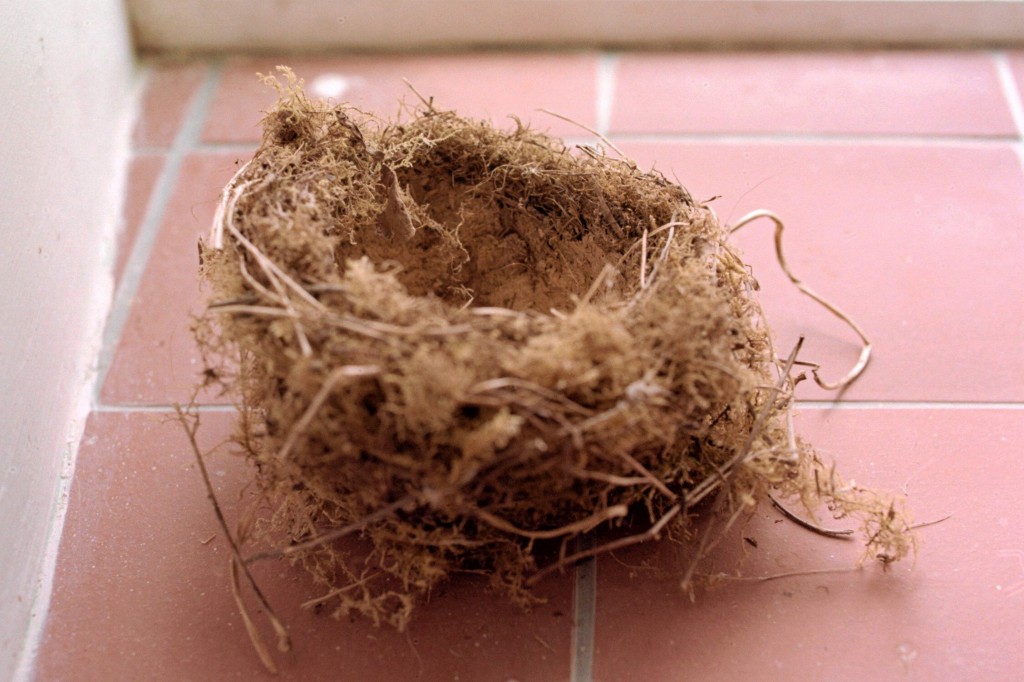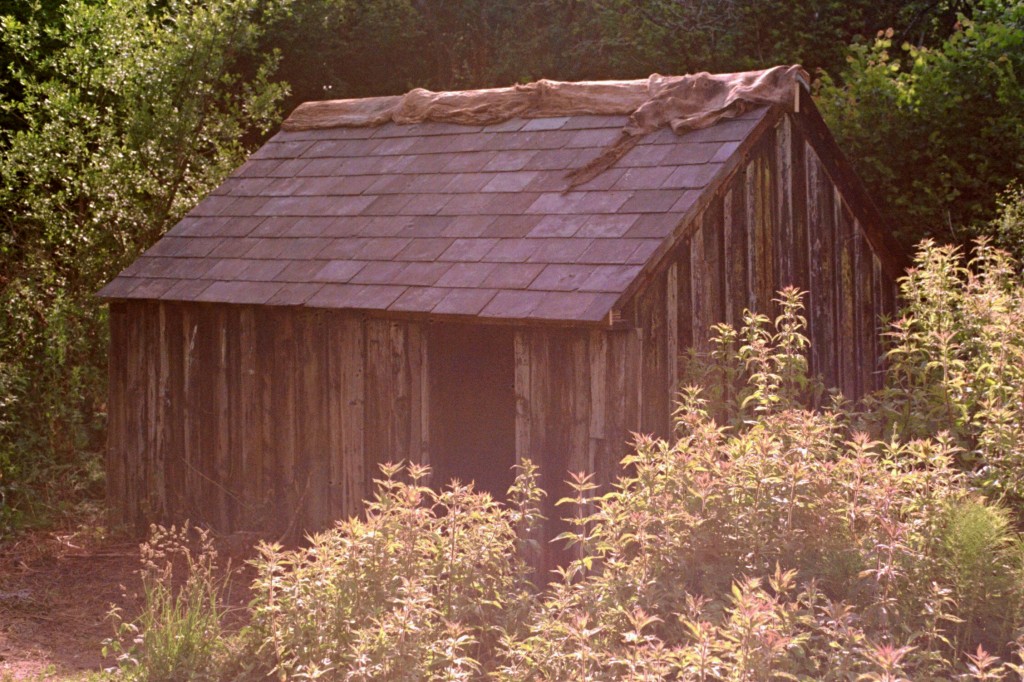

He calls whilst I am recording the dawn chorus. His two year old son has hidden his keys so he is late. He finds them in the funnel of the toy train, and arrives in a pick up at the head of the drive at six. We drive to the top of the hill, park and walk to the Warren, a large open field recently mown with bales dotted across it.
We stalk and talk.
He tries to kill two and a half does for every buck. You have to keep the female population under control otherwise they take over. They breed you see. They have twins or even triplets. Two this year had triplets.
Will leave a buck until he’s about six and then take him out. That’s the best age, if he’s a good one, let him pass on his genes.
If the antlers don’t grow up above the ears in the first year then we’ll take them. But we’ve got one roe buck who’s a six pointer already after only a year.
He looks after 25 – 30,000 acres. There’s no-where like this. They don’t fertilise here because it’s SSSI land, so you get so many butterflies and flowers here. Orchids that you’ll find nowhere else. Just up on the Dorchester road where it’s commercial farming, there’s nothing like what you’ve got here.
He’s going to have his ashes buried under a high seat in a field just over the road. Mapperton. Already squared it with her ladyship.
I hate squirrels, and foxes and badgers. Shoot them or poison them. Get rid of them, grey squirrels. Ninety percent of the trees they took out of the woods there were ruined by squirrels. They ring ‘em.
When he has shot an animal, he’ll hang it straightaway in a tree or on a fence, and then come back with bike or truck with a winch, grollock it right there, and then winch it out. He takes them back and hangs them in the larder for a month and butchers them for burgers, sausages and meat which he sells from a trailer at fairs. You have to check them from the diapraghm down. He has a man who comes once a week to take the innards and the legs to be incinerated.
He saves some of the bits. All the light pulls in his house are made from antler bits. There’s a factory that still make coat toggles out of the antler ends. He knows a guy who builds furniture out of antlers. He’s a real artist. He carves a stag head onto the end where the antler joins the head at the end of the armrest.
He talks about a millionaire he knows in the states who has a trophy room the size of a football pitch with a retractable roof that he used to crane in two elephants. He has everything he shoots taxidermied. He has built a fiberglass mountain in there for all the goats and sheep. He has two Marco- Polo longhorns in there, the rarest thing you can shoot, they cost quarter of a million each.
10/07/2011
 December 2025
December 2025 


















